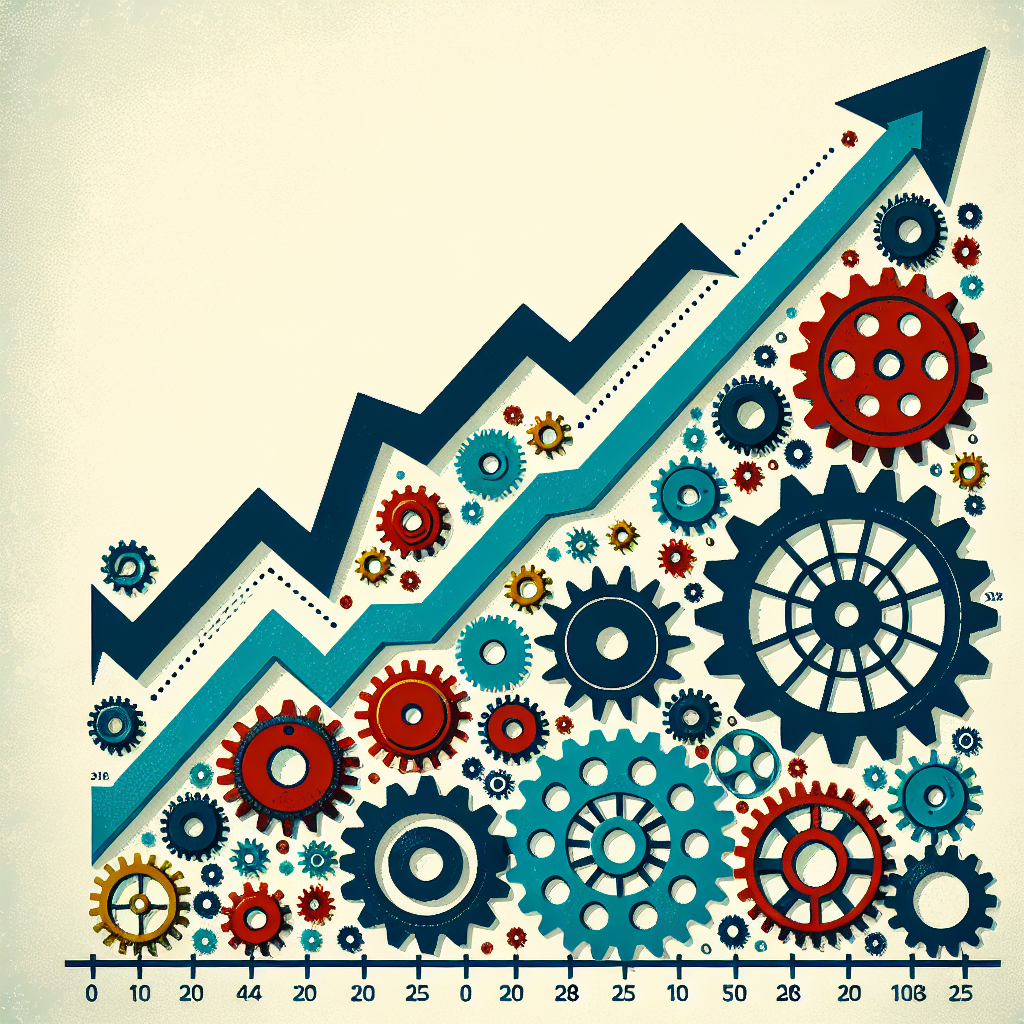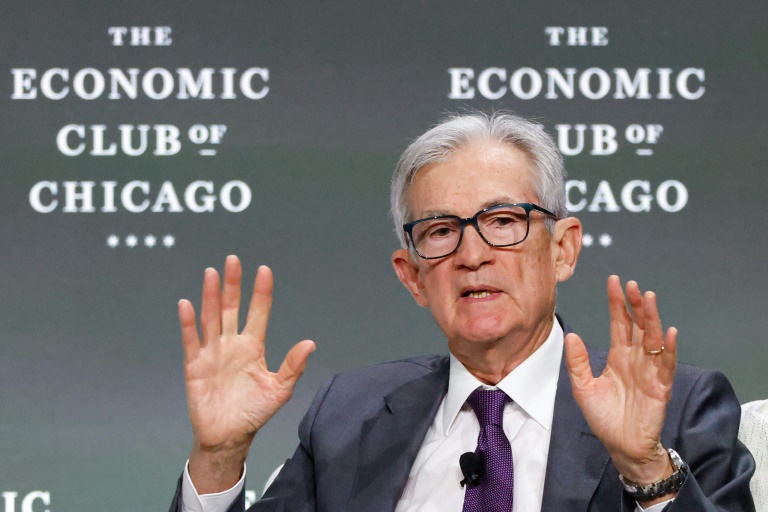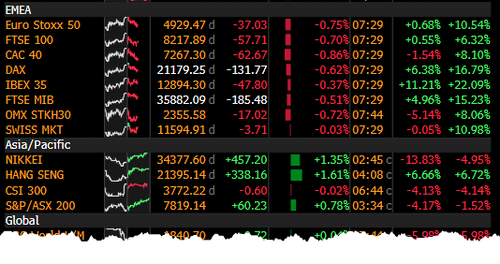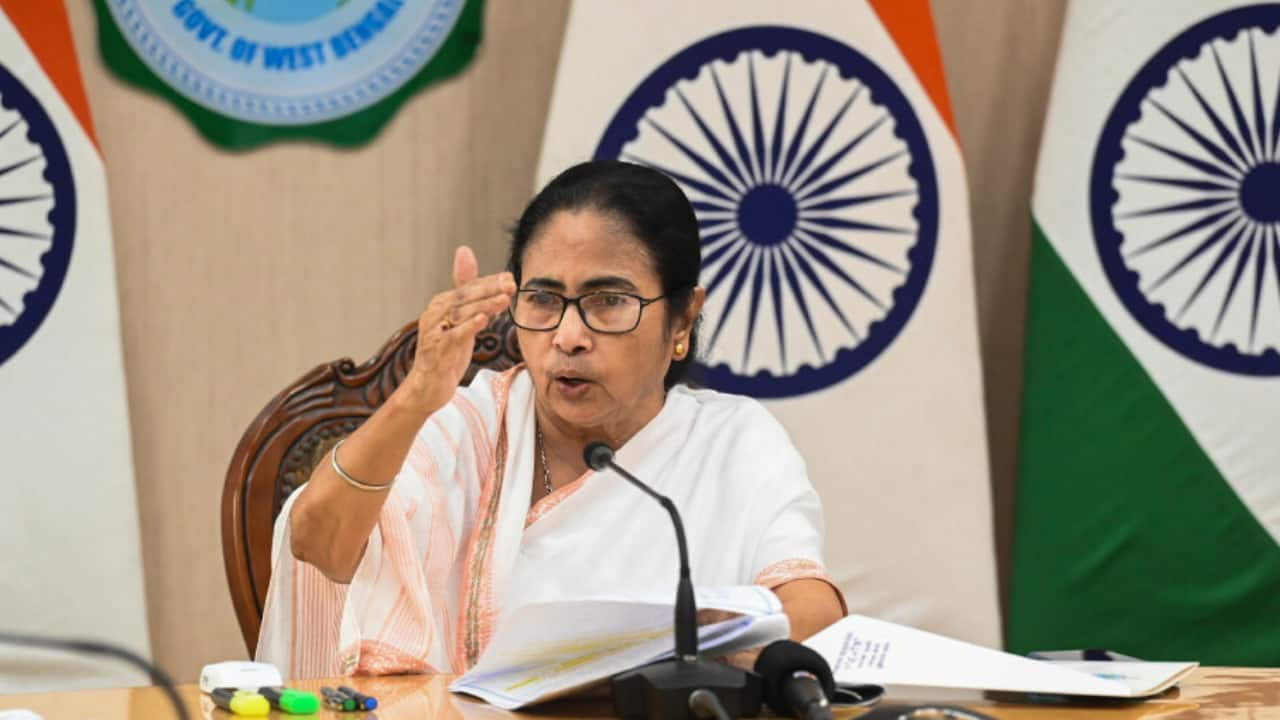window.rapplerAds.displayAd( "middle-1" );window.
rapplerAds.displayAd( "mobile-middle-1" );MANILA, Philippines – GCash has given users a new way to buy, hold, and transact in USD Coin (USDC), a stablecoin pegged 1:1 to the US dollar, directly within the GCrypto feature of the GCash app.This is the latest move by the popular e-wallet to expand its cryptocurrency services, which started in 2022.

To buy USDC, users simply navigate to the GCrypto tab within the GCash app, select “USDC,” and convert their pesos using their existing GCash balance.“The integration of USDC is a significant step in enhancing financial inclusion in the Philippines,” Arjun Varma, group head of wealth management at GCash, said. “By offering easy access to digital dollars, we empower our users with a stable and globally recognized financial asset.
”USDC is a stablecoin cryptocurrency created by Circle, designed to avoid the price volatility associated with cryptocurrencies like Bitcoin or Ethereum.Unlike speculative cryptocurrencies that swing widely in value, USDC is directly pegged to the US dollar. For each USDC coin in circulation, Circle maintains an equivalent reserve of cash or cash-equivalent assets held in regulated financial institutions.
These reserves also undergo monthly third-party audits.Understanding USDCSure, you can now easily buy USDC through GCash, but what’s the point? Mainly, it’s about conveniently holding a stablecoin pegged directly to a fiat currency, and probably the most reliable one out there: the US dollar. View this post on Instagram A post shared by GCash (@gcashofficial)Like we mentioned earlier, USDC differs from more familiar cryptocurrencies like Bitcoin.
While Bitcoin and Ethereum are often seen as speculative investments whose values can rise or fall dramatically, stablecoins are meant to maintain a constant value. USDC and the equally popular Tether are tied to a traditional asset, in this case, the US Dollar, and aren’t designed for speculative investment gains.But while stablecoins promise stability, they aren’t completely immune to risk.
When Silicon Valley Bank collapsed earlier in 2023, USDC briefly lost its 1:1 peg to the dollar due to Circle holding about 8% of its reserves at the failed bank. Although the peg was quickly restored, the incident showed that stablecoins can be shaken by real-world events. View this post on Instagram A post shared by Circle (@teamcircle)window.
rapplerAds.displayAd( "middle-2" );window.rapplerAds.
displayAd( "mobile-middle-2" );To be clear, USDC is also not a central bank digital currency or CBDC. A CBDC is an official digital version of a country’s currency issued directly by its central bank, like China’s e-CNY or the Bangko Sentral ng Pilipinas’ Project Aguila pilot. USDC, though pegged to the dollar, is issued by a private company — Circle — not by the US Federal Reserve.
That means it’s privately managed, regulated differently, and relies on Circle’s reserves rather than government backing. In fact, the US currently does not have a CBDC, though the Federal Reserve is considering it.But despite the things they are not, stablecoins like USDC still serve important practical purposes.
For example, if you’re trading cryptocurrencies, holding some funds in USDC can reduce your portfolio’s volatility. It allows you to quickly convert to a stable asset during times of market uncertainty without needing to cash out completely into a fiat currency like USD.USDC also offers a convenient way to send money internationally, similar to other stablecoins like the Philippine peso-based PHPC stablecoin.
Recipients abroad can easily receive and hold digital dollars without the necessity of traditional banking services or worrying about exchange rate fluctuations. View this post on Instagram A post shared by The Asian Banker (@theasianbankerofficial)“At Circle, we believe expanding access to digital financial tools drives economic empowerment,” Yam Ki Chan, Circle’s vice president for Asia Pacific, said. “We are excited that GCash is enabling millions of Filipinos to participate in the digital economy with confidence and security.
” – Rappler.comFinterest is Rappler’s series that demystifies the world of money and gives practical advice on managing your personal finances [Finterest] Ria Money Transfer expands in PH with GCash partnership [Finterest] Should you invest in Singlife’s new Income Multiplier VUL insurance? [Finterest] Arq’s SheSecure program gives better funding for women-led SMEs[Finterest] You can now pay your Meralco bill instantly at 7-Eleven[Finterest] You can swap your torn bills, rusted coins at any bank for free[Finterest] As 2024 ends, Filipinos feel a little less gloomy about their finance[Finterest] Gen Z wants credit but can’t get it. Banks need to step up their game.
[Finterest] Swipe right or swipe your wallet? Philippines still a hotbed for dating scams[Finterest] Overseas remittances are at an all-time high — and mostly digital now[Finterest] Private banking: How the wealthy keep the money within the family[Finterest] Credit card 101: How does it work, and which one is for you?[Finterest] How to earn on TikTok Shop, according to the app’s top vendors[Finterest] What is the PSEi, and why does it matter?[Finterest] Should you invest in Singlife’s new Income Multiplier VUL insurance?.
Business

[Finterest] GCash adds USDC: Things to know about this dollar-pegged stablecoin

Having a US dollar-based stablecoin like USDC gives you a place to park your crypto when the market gets volatile, and it can also be handy for sending remittances quickly and cheaply too















